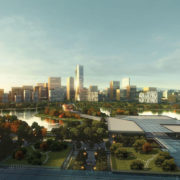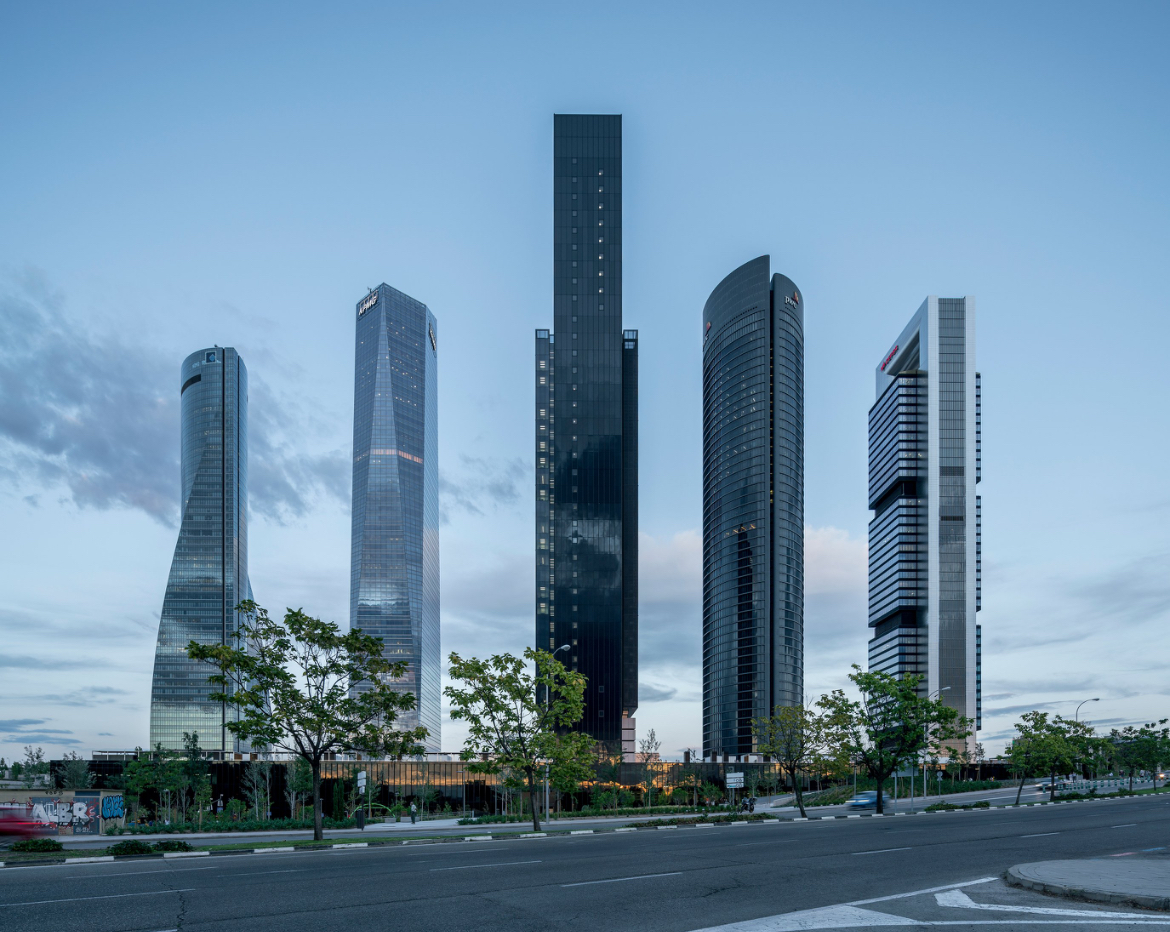The sustainability-driven New Clark City will be the answer to Metro Manila’s escalating pollution problem
Anyone who has been to the Philippines has experienced the country’s crowded population and its overwhelming pollution.
Like many other global countries battling low air quality and intense population density, the Philippines is becoming increasingly at risk for both natural and man-made disasters.
But the Bases Conversion and Development Authority (BCDA), the Philippines’ government agency responsible for driving the economy through constructing developments and building projects, has a solution: building a new city that promotes sustainability in all areas of city life.
The green municipality, called New Clark City (NCC), is funded through private and public entities and is slated to be located 75 miles from Manila. The new 23,350-acre city will be larger than Manhattan (22.82 square miles) and is described as “a destination where nature, lifestyle, business, education and industry converge” and will feature driverless cars, sophisticated public transportation, drones, natural green spaces, low consumption commercial buildings and housing and massive athletic complexes.
NCC will also be designed to resist climate catastrophes; the central green spaces will give space for flooding and the buildings will be made to withstand earthquakes and other natural disasters. This merging of nature and urban metropolis in what developers call the “city of the future” is estimated to cost $14 billion and is aimed to counter the traffic jams and poor air quality of Manila.
At 13 million people, Manila has the highest population density of all the major cities in the world with about 107,000 people per square miles, according to statistics from the United Kingdom Statistics Authority. (New York City has a population density of 27,000 per square mile.)
The concept of the green city was a direct result of the growing global concern over the human impact on the overall increase in the Earth’s temperature, a.k.a. global warming. For decades, scientists have tracked the increased release of greenhouse gases through vehicle emissions, factory pollution and a whole host of human activity that contributes to the warming of the planet.
Establishing green initiatives city by city is a growing trend. “More than two-thirds of total investment in infrastructure in the next 15 years will be made in cities,” former NYC Mayor Michael Bloomberg wrote in an op-ed for CNN.
More people are flocking to cities like Portland, Oregon, San Francisco, California, and Stockholm, Sweden for utilizing renewable resources, improving public transportation (which lessens traffic congestion) and establishing “green space” such as public parks and nature reserves.
The BCDA is trying to complete NCC by the 2019 Southeast Asian Games, planning to modify and update the urban plans as technology advances and new green initiatives are introduced.
The goal of NCC in a country that has one of the world’s worst environmental records is to exemplify how Manila can transform itself into a sustainable city with stronger infrastructure, less deadlock traffic and improved air and water quality.
If built as promised, NCC is poised to set an example for the rest of the Philippines to make environmentally-conscious construction the standard.






